| Though I would personally cite the early 80s through to the end of the 90s, as being the golden age for action movies, it is my personal opinion that it was the 60s that kindled the flame and the 70s that stoked the fire. This is not to say that earlier eras were exempt from showing great ingenuity too. A film like The Defiant Ones (1958), was able to mix a great concept with a politically charged social message. Set in the American south, two escaped convicts of different races (Sidney Poitier and Tony Curtis) escape prison, but upon fleeing are still chained together. On the run, they must navigate their physical confinement, where every move the conflicting duo make, has to be done in agreement and in tandem. Beyond the obvious physical difficulties, they must also navigate their way through their dislike of each other, through ignorance, notions of race, |
| In the form of direct remakes or films serving as inspiration, other pre 70s films that had a monumental impact on cinema, were: Akira Kuwasowa's Yojimbo (1961), which was later remade as A Fistful Of Dollars (1967), Last Man Standing (1996) and into many other adaptations. Other novel ideas appear in the form of Planet of the Apes, (1968), The Great Escape (1963) and another Kuwasowa classic Seven Samurai (1954) which was also to be remade into: The Magnificent Seven (1960) and The Dirty Dozen (1967). All of these concepts have and are continuing to influence cinema today, but is this because are we running out of fresh ideas? Another case in point, the action film The Scorpion King, is a 2002 spin-off, from the 2001 sequel, to the 1999 remake of the 1932 original film - The Mummy, which has just had a re-boot, remade for 2017. |
That Changed The Cinematic Landscape.
ENTER THE DRAGON (1973)
| Bruce Lee did a lot for the martial arts, for action cinema and specifically for martial arts cinema. His most famous film Enter The Dragon became the benchmark to which many martial arts movies sort to compete against, most of them failing. Before Bruce, the martial arts films of the day were the wuxia pictures that resembled a less tech-heavy Crouching Tiger, Hidden Dragon style. The fighting could be quite flowery as they were mostly influenced by Peking opera. This is not to say that straight and good Kung-Fu movies didn't exist, but Bruce's rawness, realistic fighting techniques and super human looking body, took the genre in a direction that nobody had seen before. Nowadays, it is very common to see a shirtless hero, with an a amazing physique, but back then, you would only really see it in Shaolin training sequences and the bodies were quite normal. With the exception of Steve Reeves, I can't think of anybody else embodying this in film. And even then, with Reeve's body, his physique was actually a consequence of being a professional bodybuilder. As for the the tournament concept happening in a traditional martial arts film, admittedly this wasn't wholly a new thing, but to see it in a modern day setting, with US production values, this was new. In fact ETD was probably the film that introduced the world to this concept and is still being emulated to this very day. |
| ENTER THE DRAGON | GAME OF DEATH |
MAD MAX (1979 - 1985 / 2015)
| The 60s may have been a flower power of-a-time for some, but for others, especially in the latter part of the decade, it was a brutal and often fatally harsh decade. So, it is with no wonder that this harshness spilled into film, literature, TV and even comics, where comic panels debut both The Punisher and Judge Dredd for the first time. In George Miller's debut film, we see a young Mel Gibson playing the role of Max Rockatansky, a warrior cop, who goes rogue after his family are murdered. During this era of cinema, there was notable increase in the themes of vigilantism and Mad Max's dystopian milieu was very different to anything else that cinema was producing at the time. A special mention has to be given to another other vigilante series that also made cinematic waves, well, in at least 3 of its five instalments - Death Wish (1974-1994). The concept was simple but effective. A respectable family man, with no real specialist training (he was a medic in the Korean war and grew up with guns) has some atrocious crimes committed against his family, the law is absolutely useless, so he goes out for retribution. |
| MAD MAX | DEATH WISH |
THE GAUNTLET (1977) / SMOKEY & THE BANDIT (1977)
| Whether on the side of the law or against it, the 70s to mid 80s gave us a set of road movies where something or someone had to be transported from one destination to another. As part of the plot, there were always a number of rivals or officials that wanted to stop the successful 'delivery' as it would lead to their demise in some manner. The first outing for Smokey & The Bandit (1977) and the stand alone film The Gauntlet (1977) were both released in the same year. SATBs premise was that, a cargo of beer needed to be transported via a long haul truck, to parts of the states where it was illegal to sell that particular brand. Defending this cargo, in what became the iconic Trans AM car, was the Bandit who is hired to run point as a blocker. A blocker's job is to divert police and any other interfering factors away from the truck...and so cue car chases and stunts galore times 2, as SATB spawned two sequels. Clint Eastwood's The Gauntlet saw a witness needing to be delivered from point A-B by a single cop, however some corrupt officials need him to fail this seemingly simple task...and by fail, they need him and the witness to be dead. |
| THE GAUNTLET | SMOKEY & THE BANDIT |
RAMBO (1982-2008) / DIE HARD (1988-2013)
| One of the most important concepts of them all is The Lone Wolf trope. In the realm of action, there tends to be two types of lone wolf that resonate well within action cinema. First there is the ex-special forces guy that nobody knew had that said skill set. Then secondly, there is the maverick exponent caught in the wrong place at the wrong time. Sometimes they are one in the same, but either way, the lone wolf is either hired deliberately or finds themselves unexpectedly in the midst of trouble, with disagreeable odds. It is usually through a tough back story and training (Rambo) or through sheer ingenuity, invention and a willingness to save the day (McClane), that the hero battles the odds, triumphing at the end. But out of these two franchises, I would say that Die Hard has probably had more of a cinematic influence, due to a deliberate effort to make each instalment different. In the Rambo films, the lead character is always in a jungle or outback, fighting an army. Where as in the Die Hard series; first McClane takes on exceptionally organised, armed robbers, all within one building. Then in the second Die Hard, the new location is an airport, with higher stakes because McClane is taking on ex-special forces personnel, who are all better trained than he is. Come the third round and the playground is the whole of New York, where he is forced to play games and riddles with robbers/terrorists/ex-army villains. And in the last of the decent instalments, McClane has to go up against a cyber-terrorist controlling McClane's entire electronic environment. The Die Hard Franchise produced 2 important values for the lone wolf concept: 1. The One Location: the setting becomes part and parcel of the lone wolf premise, the enclosed playing field raises the stakes and this exciting feature alone, spawned a gazillion action movies. 2. The Hero Is An Expert: even if the hero comes across adversity outside his frame of knowledge, his way will neutralise the baddies, who usually more advanced and organised....or so they thought. |
| DIE HARD | RAMBO |
THE TOWERING INFERNO (1974) / THE POSEIDON ADVENTURE (1972)
| In the 1970s, the disaster movie was the event movie to see. Whether the disaster was in a vehicle or caused by a natural occurrence in the form of hurricanes, heatwaves, floods, fires, bees and meteors, you knew a whole load of something was going to get destroyed. The airport disaster movies came out in droves during the 70s and they really did know how to sustain tension throughout. An interesting design about the higher budget disaster films, was that they often had a large ensemble cast, full of famous actors. You never really knew who was going to be killed off, as in the back of your mind, you would be thinking 'surely they wouldn't kill that said actor? He's the star'...don't bet on it, a lot of famous people got killed! |
| THE POSEIDON ADVENTURE | TOWERING INFERNO |
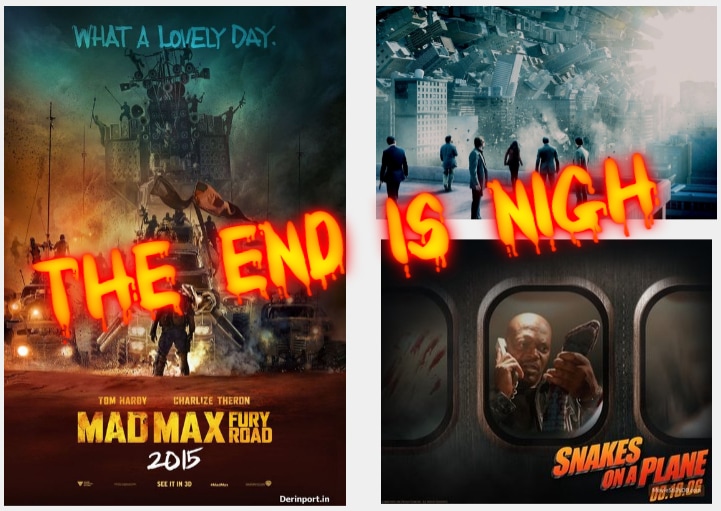



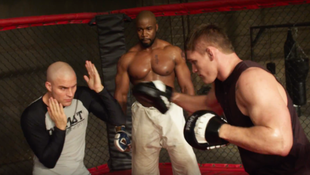
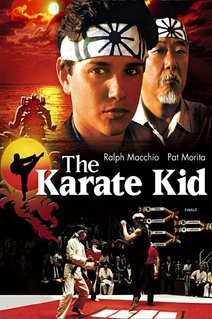
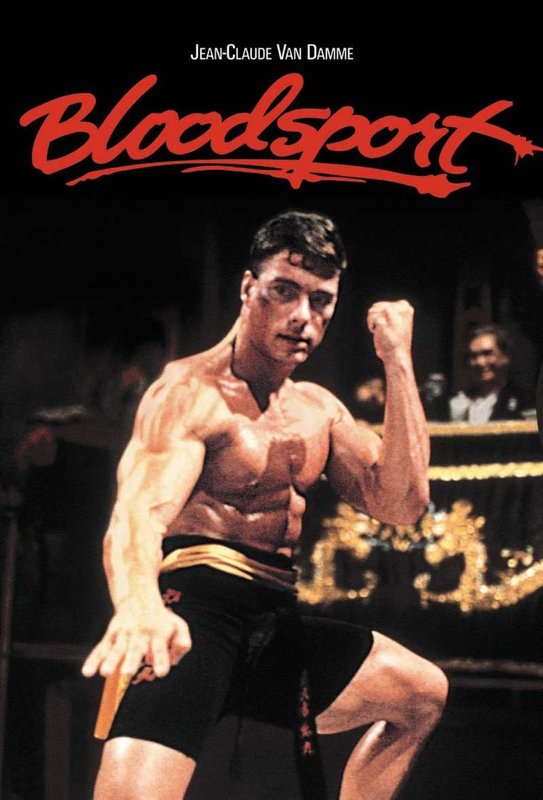
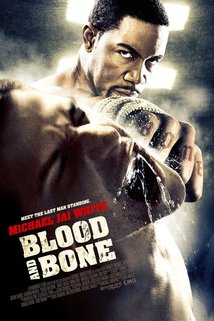




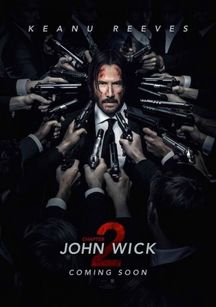
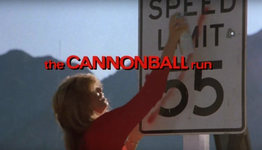
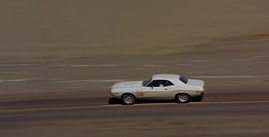






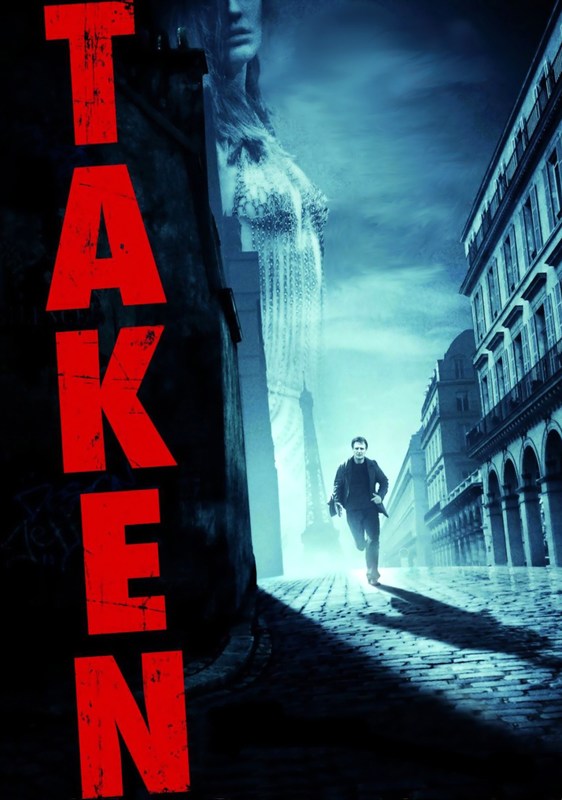

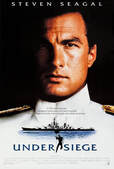

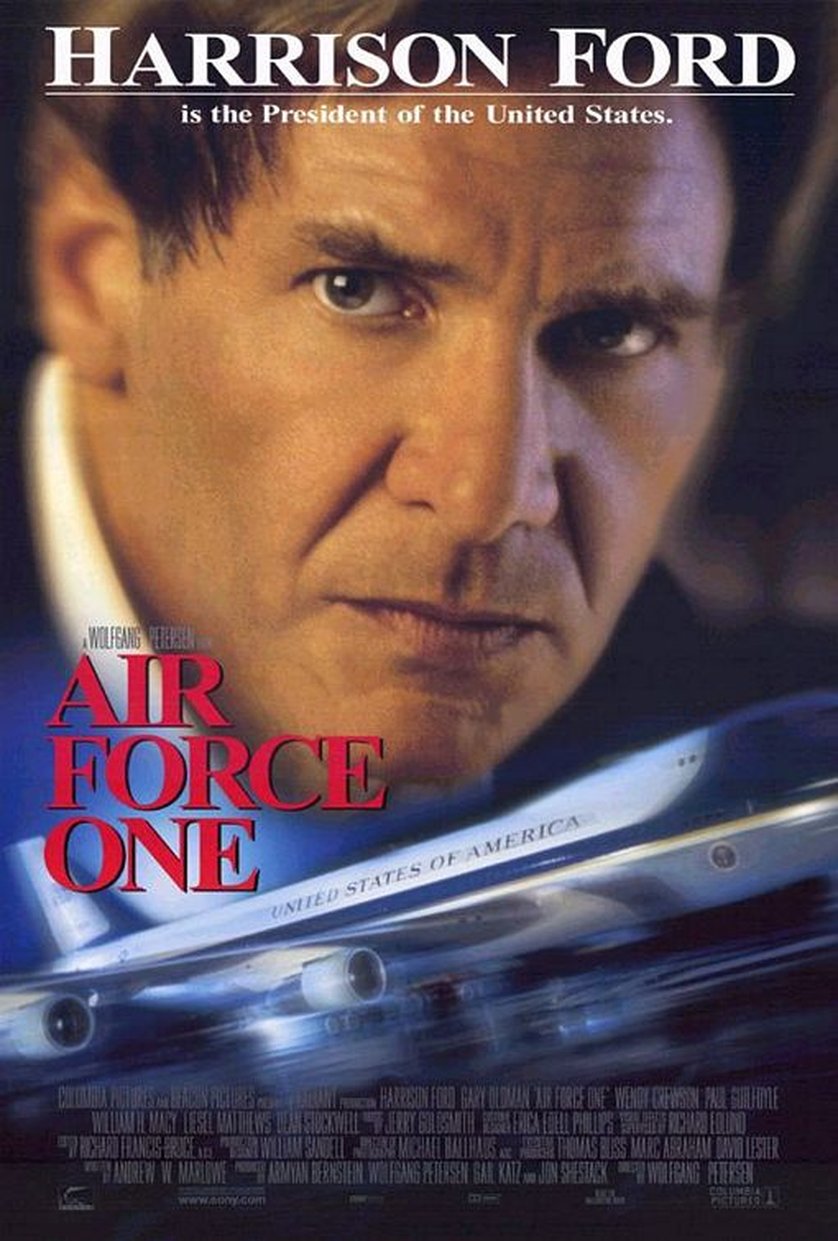


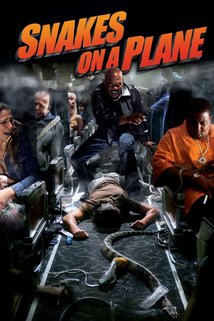






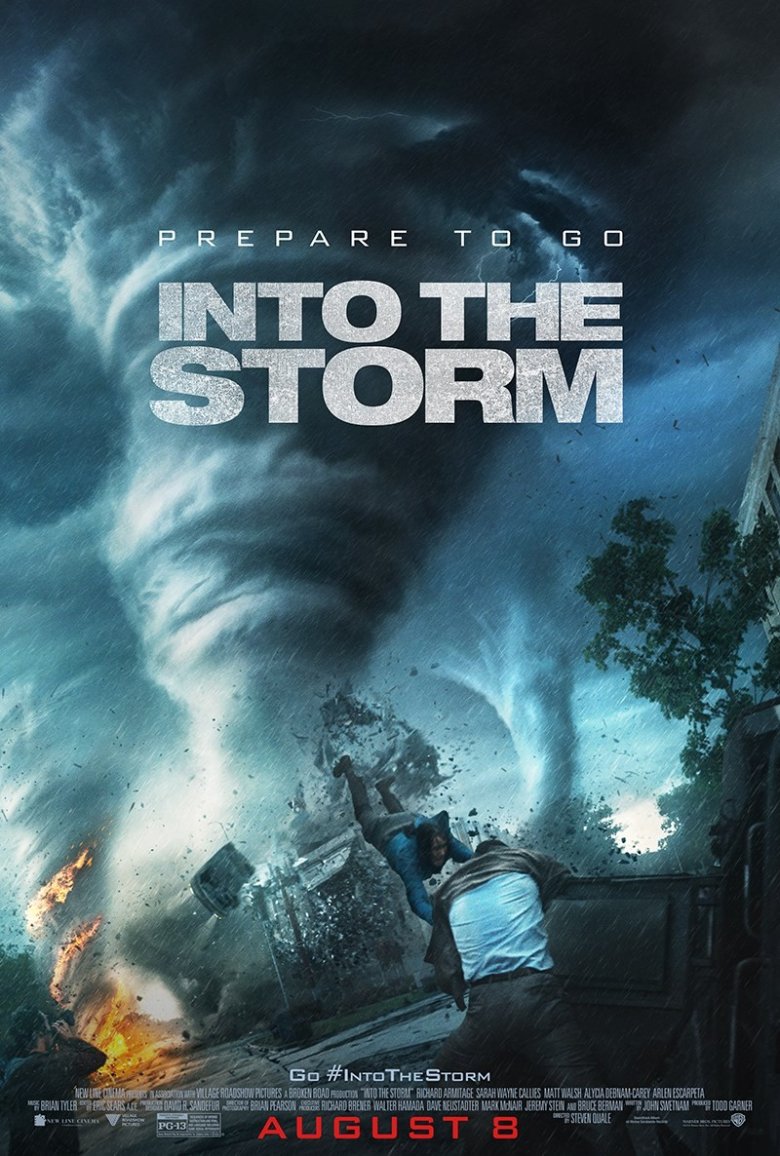


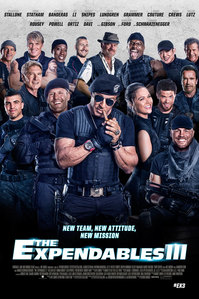
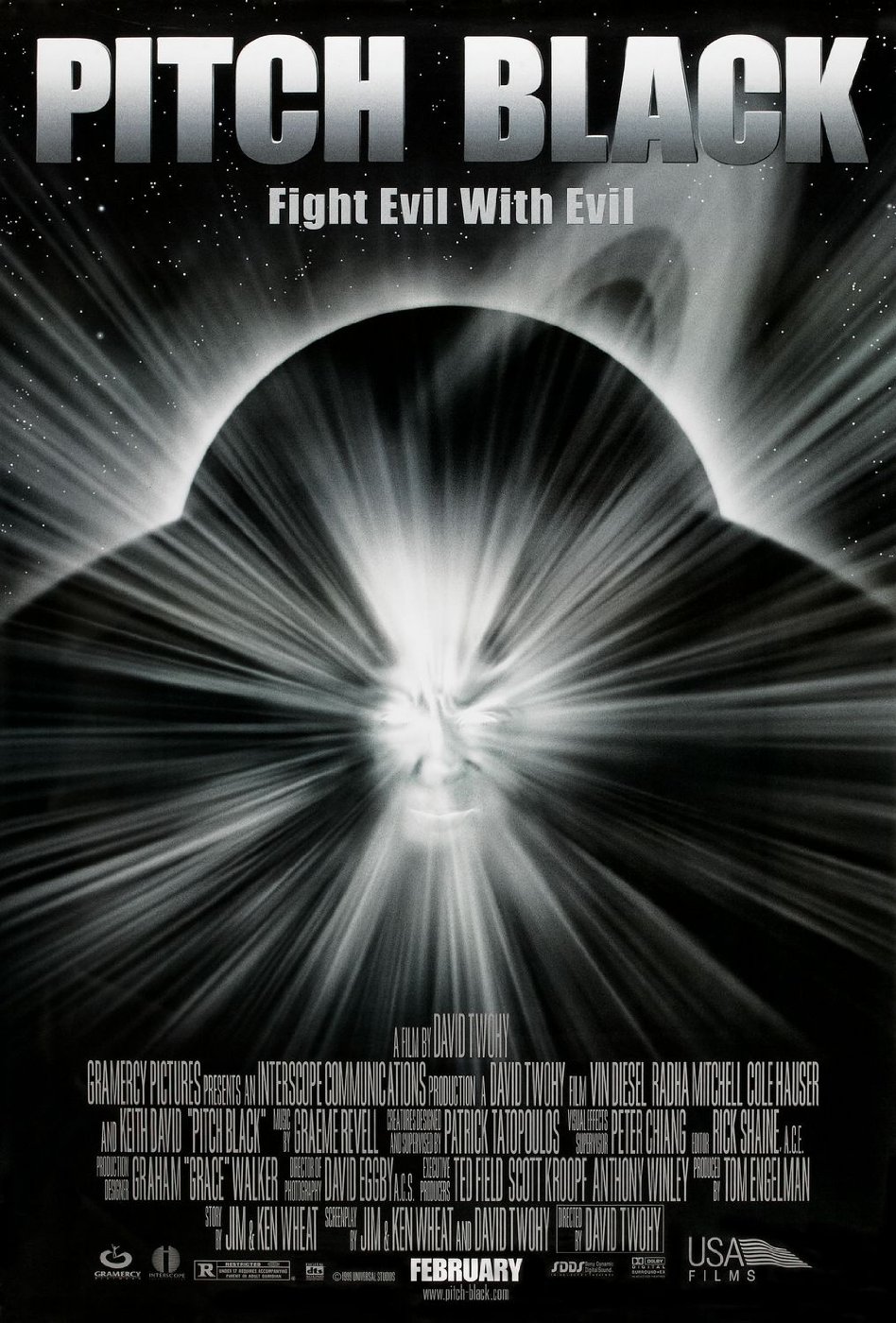
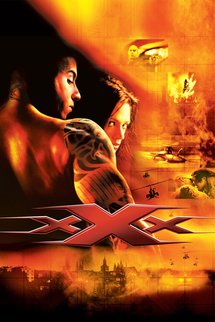

 RSS Feed
RSS Feed




